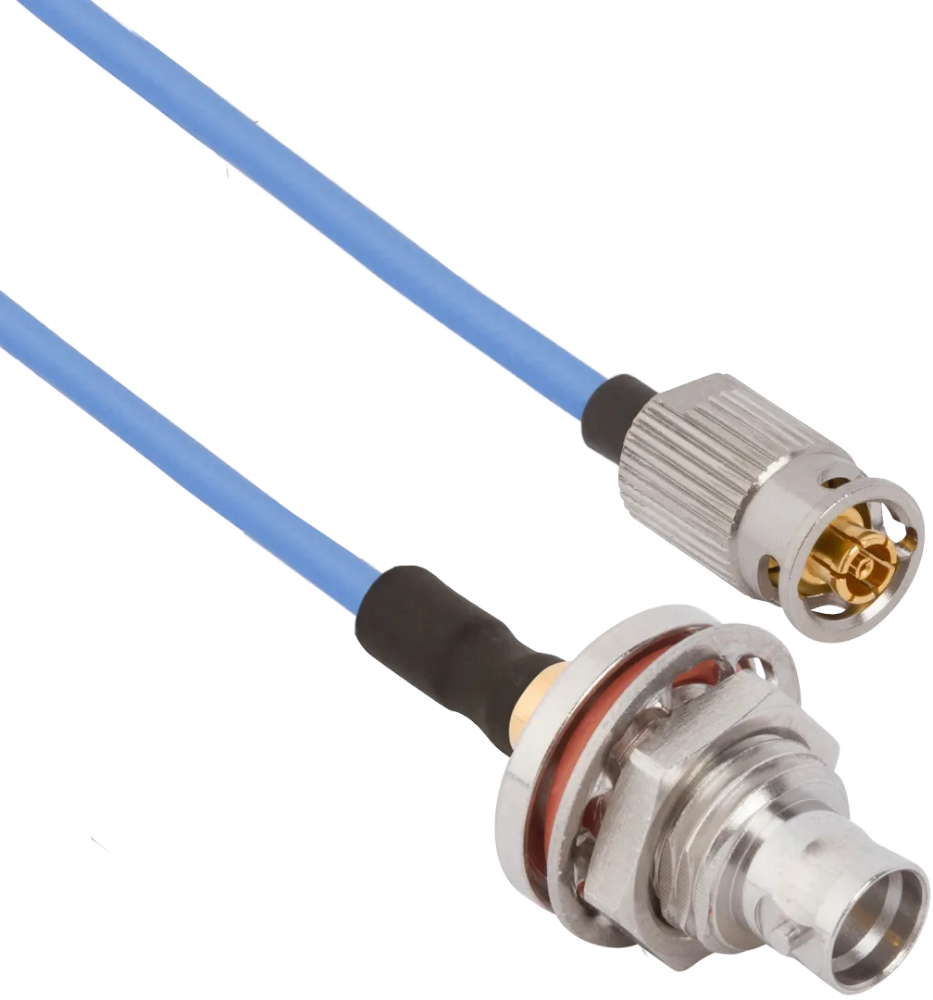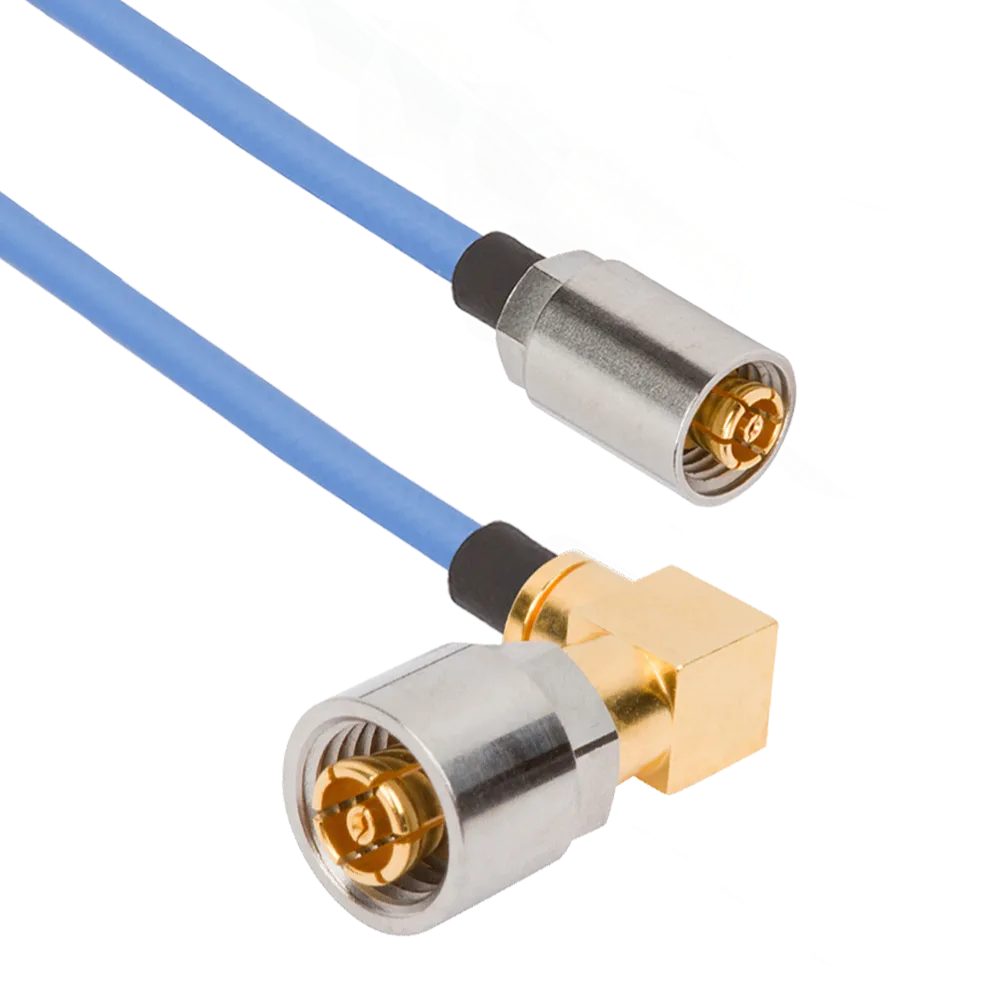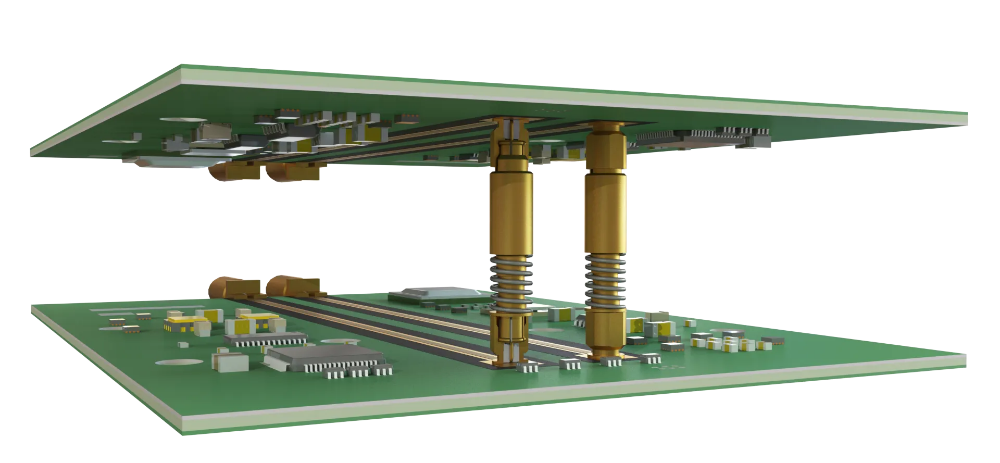Understanding Outgassing in RF Systems for Space Applications
What is Outgassing?
Outgassing refers to the release of trapped gases from materials when they are exposed to a vacuum environment. In the context of space systems, such as satellites, outgassing occurs once the system is launched into orbit and encounters the vacuum of space. As the number of deployed space systems increases, outgassing concerns become more significant.
Why Should Engineers Minimize the Effects of Outgassing?
Minimizing outgassing is crucial for the performance and longevity of space systems. Released gases can condense on nearby surfaces, potentially damaging sensitive instrumentation and electronics. This condensation can create foreign object debris (FOD), cloud optical lenses, cause signal interference, and damage delicate instruments, compromising the satellite's functionality.
Historical instances underscore the importance of addressing outgassing. For example, the Cassini Space Probe (1997-2015) experienced outgassing that coated its main camera with a thin film, inducing flaring and reducing image quality. Similarly, the Stardust Space Probe (1999-2006) faced outgassing issues that affected its gas-detecting sensors and reduced particle collection accuracy. In both cases, selecting the right materials could have mitigated these problems.
Criteria for Selecting RF Components to Minimize Outgassing
Design engineers must consider specific criteria when selecting RF connectors, adapters, and cable assemblies to minimize outgassing risks in space systems. The key standards for evaluating materials were developed by the Goddard Space Flight Center in the 1960s and 70s. Commonly referred to specifications include:
- NASA Reference Publication 1124: the Outgassing Data for Selecting Spacecraft Materials
- EEE-INST-002, Section C2: Provides specific information on Connectors, and Contacts and how they perform with outgassing
For a material to qualify as low outgassing by NASA, it must meet the following criteria:
- Total Mass Loss (TML): Less than or equal to 1.0%
- Collected Volatile Condensable Materials (%CVCM): Less than or equal to 0.10%
SV Microwave's Expertise in Low Outgassing RF Components
SV Microwave offers a comprehensive RF product suite that meets stringent outgassing standards. Our suite of Commercial Off-The-Shelf (COTS) products includes connectors and cable assemblies designed to a space-grade standard. All of these product lines are safe for use in Space:
- SMP, SMPM and SMPS Board-to-Board RF Solutions
- Two-Hole Flange Adapters
- QuarterBack Product Line
- Threaded SMPM Product Line
All of these product lines have been designed using approved materials as found in NASA Reference Publication 1124.


Conclusion
Outgassing is a critical concern for RF systems in space applications, and mitigating its effects is essential for ensuring space systems' optimal performance and longevity. Design engineers must carefully select materials and components that meet established outgassing standards to prevent potential damage to sensitive instrumentation. SV Microwave stands at the forefront of providing low-outgassing RF components, offering reliable solutions that adhere to stringent industry standards. By choosing SV Microwave products, engineers can confidently address outgassing concerns and enhance the reliability of their space systems.
recent releases
Understanding Outgassing in RF Systems for Space Applications
What is Outgassing?
Outgassing refers to the release of trapped gases from materials when they are exposed to a vacuum environment. In the context of space systems, such as satellites, outgassing occurs once the system is launched into orbit and encounters the vacuum of space. As the number of deployed space systems increases, outgassing concerns become more significant.
Why Should Engineers Minimize the Effects of Outgassing?
Minimizing outgassing is crucial for the performance and longevity of space systems. Released gases can condense on nearby surfaces, potentially damaging sensitive instrumentation and electronics. This condensation can create foreign object debris (FOD), cloud optical lenses, cause signal interference, and damage delicate instruments, compromising the satellite's functionality.
Historical instances underscore the importance of addressing outgassing. For example, the Cassini Space Probe (1997-2015) experienced outgassing that coated its main camera with a thin film, inducing flaring and reducing image quality. Similarly, the Stardust Space Probe (1999-2006) faced outgassing issues that affected its gas-detecting sensors and reduced particle collection accuracy. In both cases, selecting the right materials could have mitigated these problems.
Criteria for Selecting RF Components to Minimize Outgassing
Design engineers must consider specific criteria when selecting RF connectors, adapters, and cable assemblies to minimize outgassing risks in space systems. The key standards for evaluating materials were developed by the Goddard Space Flight Center in the 1960s and 70s. Commonly referred to specifications include:
- NASA Reference Publication 1124: the Outgassing Data for Selecting Spacecraft Materials
- EEE-INST-002, Section C2: Provides specific information on Connectors, and Contacts and how they perform with outgassing
For a material to qualify as low outgassing by NASA, it must meet the following criteria:
- Total Mass Loss (TML): Less than or equal to 1.0%
- Collected Volatile Condensable Materials (%CVCM): Less than or equal to 0.10%
SV Microwave's Expertise in Low Outgassing RF Components
SV Microwave offers a comprehensive RF product suite that meets stringent outgassing standards. Our suite of Commercial Off-The-Shelf (COTS) products includes connectors and cable assemblies designed to a space-grade standard. All of these product lines are safe for use in Space:
- SMP, SMPM and SMPS Board-to-Board RF Solutions
- Two-Hole Flange Adapters
- QuarterBack Product Line
- Threaded SMPM Product Line
All of these product lines have been designed using approved materials as found in NASA Reference Publication 1124.


Conclusion
Outgassing is a critical concern for RF systems in space applications, and mitigating its effects is essential for ensuring space systems' optimal performance and longevity. Design engineers must carefully select materials and components that meet established outgassing standards to prevent potential damage to sensitive instrumentation. SV Microwave stands at the forefront of providing low-outgassing RF components, offering reliable solutions that adhere to stringent industry standards. By choosing SV Microwave products, engineers can confidently address outgassing concerns and enhance the reliability of their space systems.








